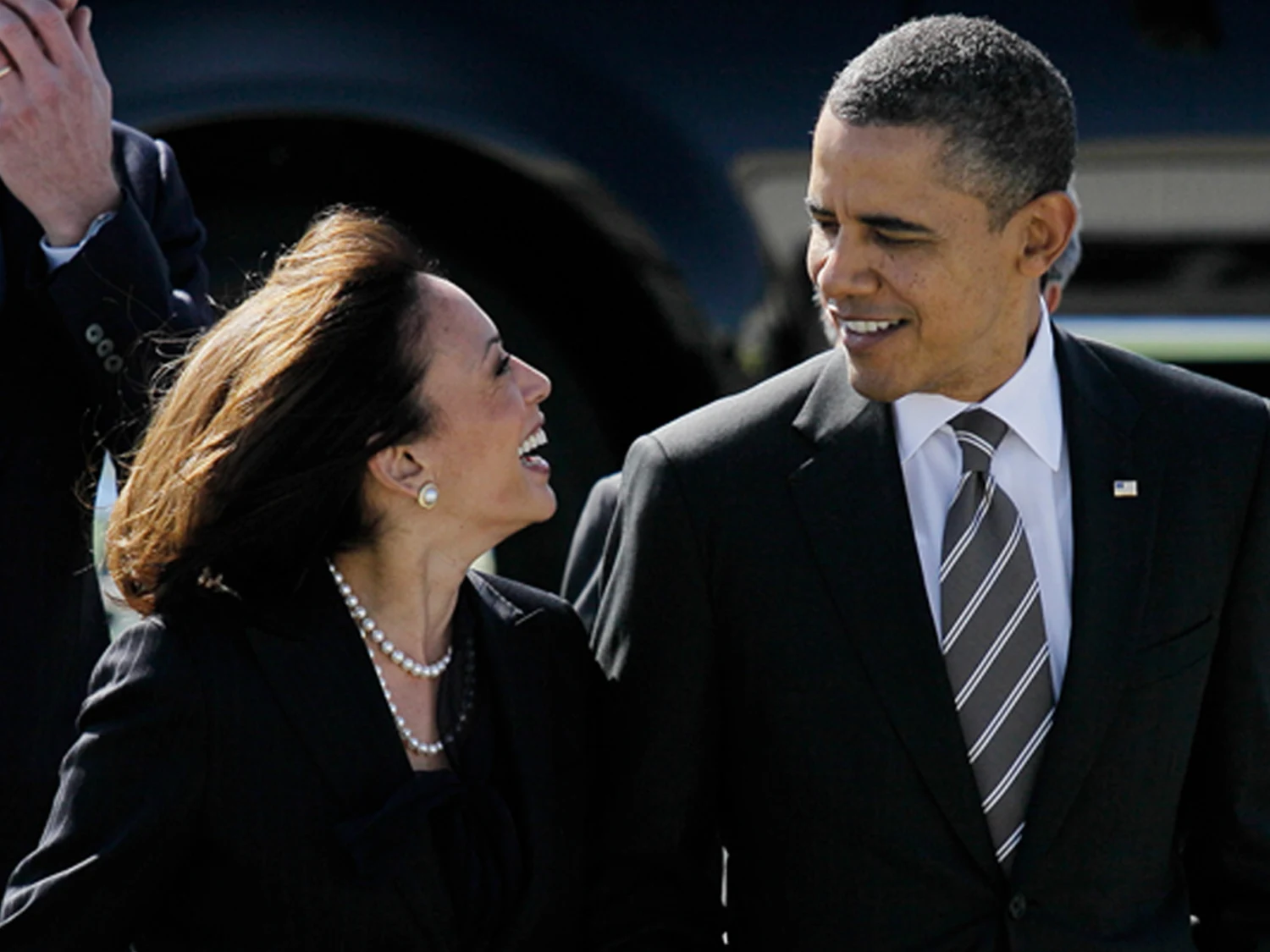Just days after Donald J. Trump’s election victory, the dollar has surged to levels not seen in over a year, reflecting investor confidence in his strong economic vision for America, the New York Times reports.
While President-elect Trump has stated he prefers a weaker dollar to boost US exports, economists believe his proposed policies—focusing on domestic strength, tax cuts, and import tariffs—are driving the dollar’s value upward, signaling the strength and resilience of the US economy.
As Trump’s election became imminent, global markets quickly began to respond, with the dollar gaining ground against nearly every major currency. On the day following the election, it recorded its largest rise in years against a basket of international currencies. Since then, the dollar has continued its climb, with economists, investors, and traders adjusting their expectations for the world’s dominant currency under Trump’s leadership.
The dollar’s recent surge represents a striking shift after months of weakening. As of Wednesday, the dollar hit a new high for the year, making it cheaper for American families to buy foreign goods and enjoy travel abroad. For Matt Bush, an economist at Guggenheim Investments, the dollar’s strength reflects “US exceptionalism,” a testament to America’s robust economy and the strength of Trump’s proposed economic policies.
One of the central drivers behind the dollar’s ascent is Trump’s pledge to enact sweeping tariffs and cut taxes. Although he has favored a weaker dollar in his public remarks, his focus on American industry and reduced reliance on foreign imports is pushing up demand for the dollar, as fewer imports create fewer pressures on the currency. For companies with American-based production, a strong dollar enhances their competitive edge by enabling more affordable raw materials and imports for manufacturing.
The dollar’s role as the world’s reserve currency means that when it strengthens, the impact is global. It plays a part in nearly 90% of all currency transactions worldwide, and with the value of the dollar rising, countries with weaker currencies may face increased costs to import goods and pay off debts. This shift solidifies America’s role in the global economy, reinforcing the position of US currency and attracting further investment to American markets.
Analysts are optimistic that, under Trump, the dollar could reach even greater highs. With Republican control of Congress, JPMorgan has projected that the dollar index could climb another 7% in the coming months. Barclays analysts are even more optimistic, suggesting that the dollar could reach parity with the euro if Trump follows through on a 60% tariff on Chinese goods and a 10% tariff on all other imports, as he proposed during his campaign.
Though the dollar’s strength brings certain challenges for US exporters, the President-elect’s emphasis on domestic production and a self-sufficient economy reflects his commitment to reducing foreign dependence. This strong-dollar environment encourages the US to increase manufacturing at home, paving the way for sustained economic growth, higher wages, and more jobs for Americans.
“Trump is the big dollar driver,” said Steven Englander, a foreign exchange analyst at Standard Chartered.
The dollar’s rally, he noted, is closely tied to Trump’s signature policies, including tariffs that could make imports more expensive, encouraging American alternatives instead. Some businesses, particularly those with extensive overseas production, may feel the pressure to relocate manufacturing to the United States, a shift that aligns with Trump’s vision of “America First” economics.
While some analysts are cautious about how high the dollar might rise, the consensus is that Trump’s policies have positioned the dollar for significant growth. By focusing on US competitiveness, controlling inflation through selective tariffs, and potentially raising interest rates to combat inflation, Trump’s strategy has attracted both foreign and domestic investment. As Alan McKnight, chief investment officer at Regions Bank, noted, “Laser-focused tariffs” could prove beneficial, boosting American jobs and curbing inflation.
Moreover, with the backdrop of global uncertainty—from Middle Eastern conflicts to unpredictable energy supplies—the dollar’s strength provides stability, both for the American economy and the global market. While Federal Reserve Chair Jerome Powell declined to comment on the new administration’s potential economic impact, analysts agree that Trump’s policies will be pivotal in shaping America’s economic future.
The dollar’s continued rise demonstrates the market’s confidence in Trump’s leadership and economic priorities. By encouraging American growth, job creation, and a strong dollar, Trump is signaling his commitment to a prosperous and powerful US economy. Investors, traders, and economists worldwide are watching closely as Trump’s economic vision begins to take effect, with high expectations for a period of economic growth, strong investment returns, and, potentially, a golden era for American currency.









